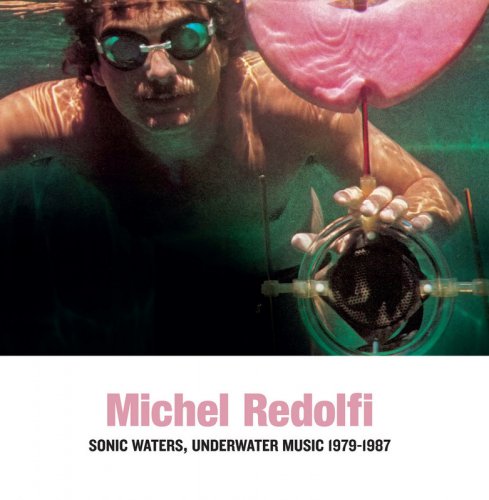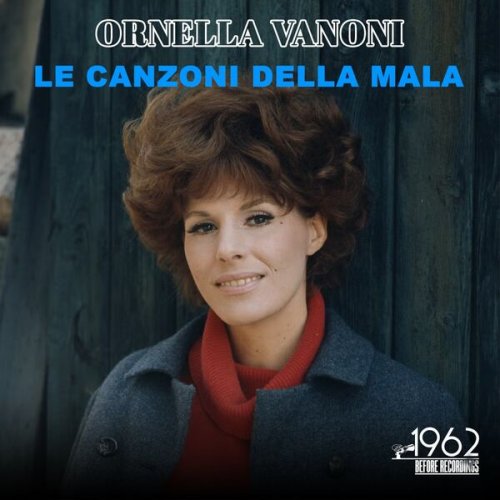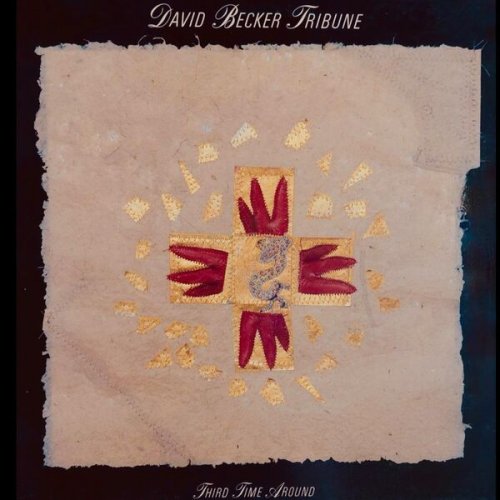Michel Redolfi - Sonic Waters, Underwater Music 1979-1987 (2021)

Artist: Michel Redolfi
Title: Sonic Waters, Underwater Music 1979-1987
Year Of Release: 2021
Label: Sub Rosa / SR493
Genre: Ambient, Experimental
Quality: lossless (tracks+.cue, log)
Total Time: 52:27
Total Size: 237 mb
WebSite: Album Preview
Tracklisting:Title: Sonic Waters, Underwater Music 1979-1987
Year Of Release: 2021
Label: Sub Rosa / SR493
Genre: Ambient, Experimental
Quality: lossless (tracks+.cue, log)
Total Time: 52:27
Total Size: 237 mb
WebSite: Album Preview
1. Overture - 7:45
2. Fluide et Sonique - 4:22
3. Arabesque I - 1:15
4. Nocturnal - 3:52
5. Carillon - 2:23
6. Arabesque II - 1:15
7. La Jolla Cove Live Recordings - 4:10
8. Effractions (La Nouvelle Atlantide) - 9:32
9. Wind and Sea - 5:40
10. Sunny Afternoon at Bird Rock Beach - 12:04
Next-level hydrophonic fire from early electronic pioneer Michel Redolfi, best known for presenting the first underwater concert in history. It's mindboggling work that imagines deep-sea sound using the glassy tones of the Synclavier digital synthesizer.
Redolfi came up with the idea of his 'Sonic Waters' project in 1979, when he was working at UC San Diego in California. The university's Center For Music Experiment had funded his project "WET", or "Water Electronically Tuned", and he took his music across the USA to similar-minded centers where he was able to perform underwater, using specially-designed equipment. In the last four decades, Redolfi has shipped this concept across the world, performing in public pools in Sydney, Paris and Venice and also in various natural sites worldwide.
Redolfi splits the music into two fields, music for fresh water, which he composed in 1981, and music for salt water, which was put together concurrently, from 1979 to 1987. To call his music fluid would be to ignore its inherent thoughtfulness; Redolfi makes big brain sounds that pull influence from our cultural understanding of water's place in the history of soundmaking. He mixes the harps and shimmering electronics you might expect to see in a classic rendition of an underwater scene with sonorous synthesized sounds that harmonize with whale song or submerged gongs. Each element warbles and vibrates as Redolfi urges us to consider the historical resonance inherent in all the colors and textures refracted into our ears.





![Amira Kheir - Black Diamonds (2025) [Hi-Res] Amira Kheir - Black Diamonds (2025) [Hi-Res]](https://www.dibpic.com/uploads/posts/2025-12/1765640459_tf7wrmc9lqmqc_600.jpg)

![Kenny Wheeler, Keith Jarrett, Dave Holland & Jack DeJohnette - Gnu High (1976/2025) [Hi-Res] Kenny Wheeler, Keith Jarrett, Dave Holland & Jack DeJohnette - Gnu High (1976/2025) [Hi-Res]](https://www.dibpic.com/uploads/posts/2025-12/1765627312_cover.jpg)
![Stephen McCraven - Wooley the Newt (2025) [Hi-Res] Stephen McCraven - Wooley the Newt (2025) [Hi-Res]](https://www.dibpic.com/uploads/posts/2025-12/1765906334_cover.jpg)